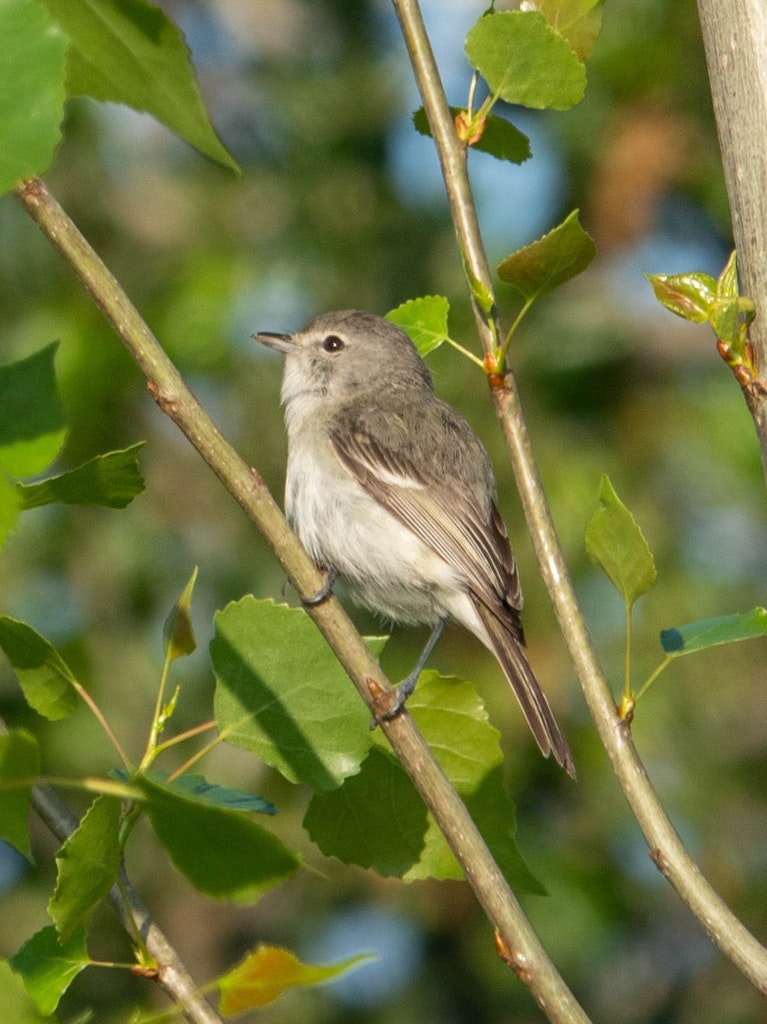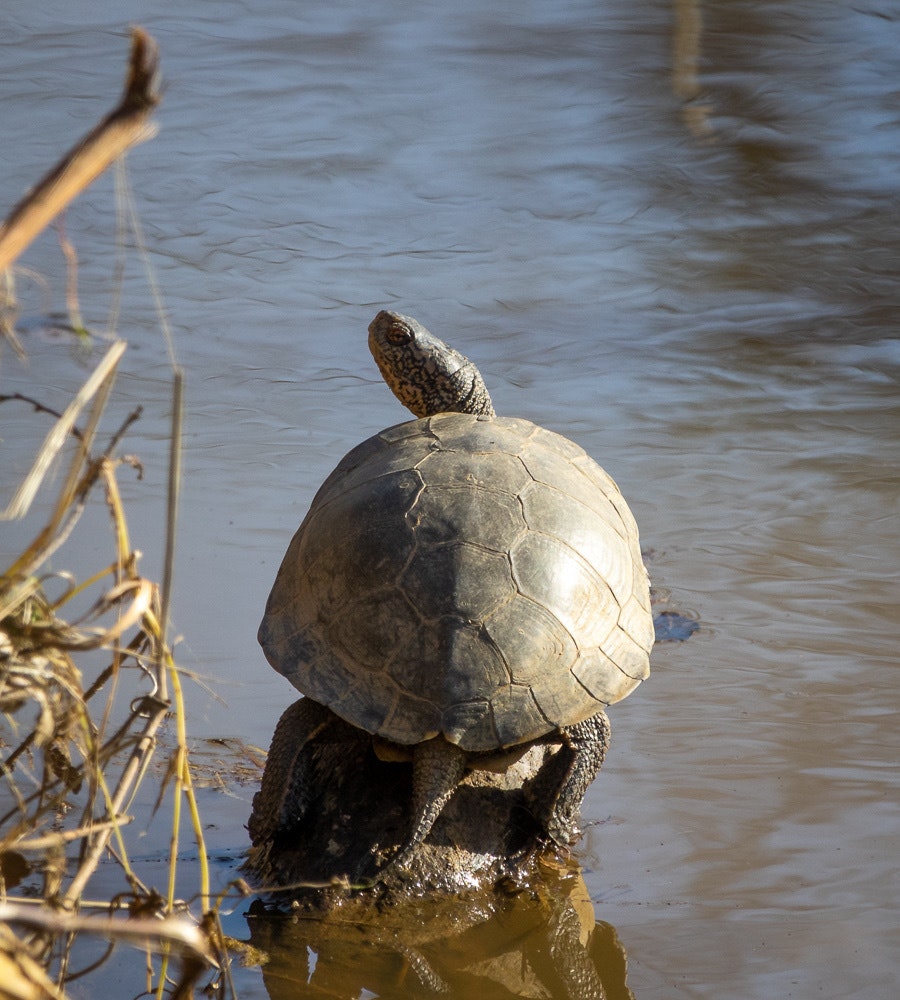Sunnyslope Trail
Know Before You Go:
- Trail Length: 0.25 miles (loop)
- Duration: 7–10 minutes at a moderate pace
- Difficulty: Easy
- Trail Surface: Natural, rocky in some areas
- Features: Begins and ends at the amphitheater
-
Guidelines:
- Please stay on the trail to protect plants and wildlife
- Dogs allowed on leash
- Bicycles and motorized vehicles are not permitted
About
Our Sunnyslope Trail is a short, scenic loop that offers visitors a glimpse into ongoing habitat restoration efforts at LRPPG and the upper Santa Ana River watershed. While brief in distance, the trail is an important example of how small-scale restoration can support critical habitat and biodiversity. The trail was created through the combined efforts of local students, staff, and the Urban Conservation Corps. The Sunnyslope area supports or contributes to the survival of several sensitive species within the Santa Ana River watershed. Protecting and maintaining this habitat plays a direct role in broader regional recovery efforts for these species:

Least Bell's Vireo
The least Bell’s vireo is a federally endangered songbird once that likes to build its nest in thick bushes near rivers. It was once nearly gone from California but is slowly coming back, thanks to efforts to restore its habitat. It depends on dense riparian vegetation, such as mulefat, willow, and other native shrubs, for nesting and foraging. Habitat loss due to development, channelization, and invasive species has contributed to its decline.
Conservation Impact:
Vegetation along the Sunnyslope Trail provides potential foraging habitat and contributes to a connected landscape of suitable environments. These efforts are essential for maintaining population recovery along key migratory corridors.

Southwestern Pond Turtle
This our state's only native freshwater turtle! It is a species of special concern in California.
Conservation Impact:
Sunnyslope’s location near seasonal water sources creates ideal conditions for basking, nesting, and movement between aquatic and terrestrial zones. The open, sunny spots and soft soil near the creek are just what these turtles need to lay their eggs. By keeping invasive plants out and regularly removing trash, we help keep their habitat safe and usable.

Santa Ana Sucker
This small fish is only found in a few places in Southern California. It lives in clean, flowing rivers with gravel bottoms and is sensitive to pollution and changes in water flow. As of today, the species occupies only a fraction of its historical range due to urban runoff, sedimentation, and habitat fragmentation.
Conservation Impact:
Native plants along the trail slow and filter rainwater, and regular creek clean-ups help prevent pollution from reaching the river, benefiting fish like the Santa Ana sucker and many other aquatic species.
